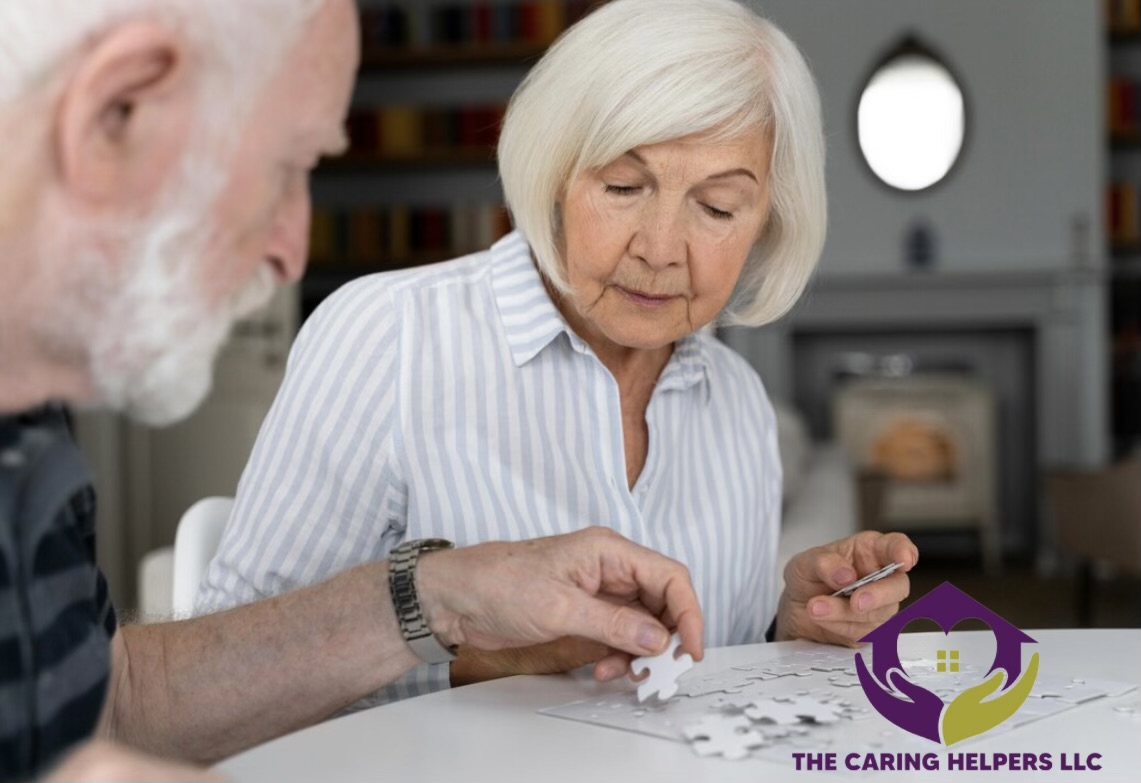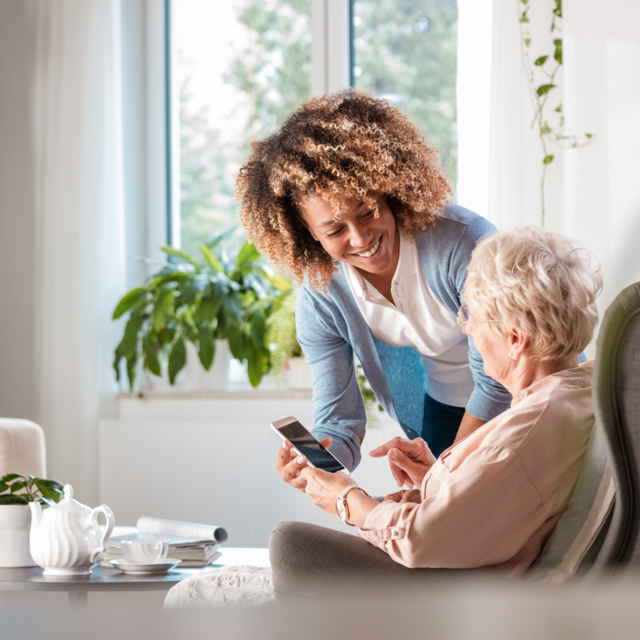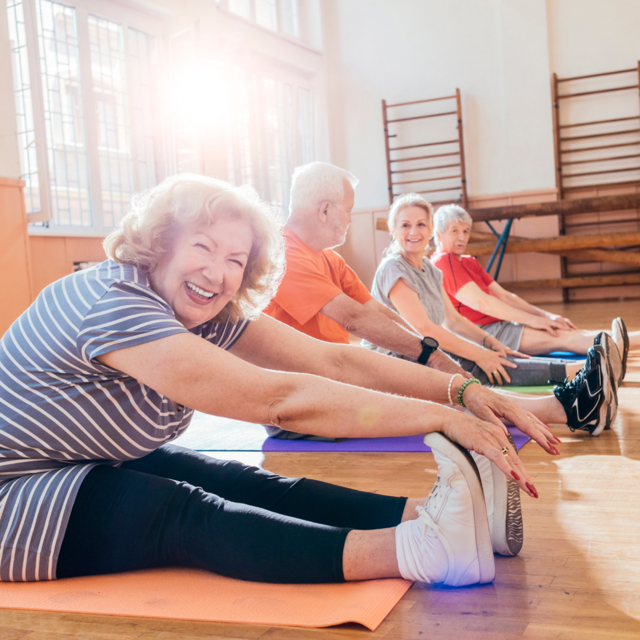Home First Aid Kit Needs for Seniors
Caring for elders at home needs extensive planning, including the presence of an emergency medical file and a well-stocked first aid kit. The unanticipated health issues or emergencies that elders may confront at any time highlight the necessity of having fast access to critical supplies. A fully stocked first aid pack means that caregivers are prepared to manage minor injuries, unexpected illnesses, or health difficulties as soon as possible. This article discusses the importance of having a well-stocked first aid kit when caring for the elderly at home.
First Aid Kit Essentials for Seniors
A comprehensive list of important goods for a senior’s first aid kit is needed. These basic items cover the majority of minor health issues that seniors may face. Anti-inflammatory medicine, antiseptic ointment, Band-Aids, blankets, and other items are listed alphabetically. The purpose of each item is explained to emphasize its significance.
The importance of regularly replenishing depleted or low supplies is emphasized, as well as maintaining the first aid kit’s preparedness. A cautionary statement suggests checking the senior’s doctor before stocking certain goods, with safety and suitability for the individual’s health needs taking precedence.
Additional First Aid Kit Supplies and Documents
Tailoring the first aid kit to seniors’ specific health needs is essential. Discussing potential necessities with the senior and their doctor is advised for a comprehensive kit. Beyond supplies, crucial information from the senior’s emergency medical file must be included.
This encompasses contact details for doctors, pharmacies, and emergency contacts, along with medical forms, medication lists, and insurance information. Stressing the importance of this comprehensive documentation ensures swift access to vital information during emergencies, fostering a holistic approach to emergency preparedness for seniors at home.
Placing a first aid kit in an easily accessible location allows for quick access during unexpected crises. Informing regular visitors of its position greatly improves preparation, allowing everyone present to quickly identify it when needed. frequent restocking and completing inspections for expired materials every six months ensures the kit’s effectiveness. This proactive strategy ensures that all supplies are current and in good shape, ensuring that the kit is always primed and ready to use in an emergency.
Professional In-Home Care Can Help
A well-stocked first-aid kit is certainly essential, but the assistance of trained in-home carers takes aged care to a higher level. When family members are absent, these specialists provide a constant presence, ensuring that elders receive ongoing help. Their vital role goes beyond the contents of the first-aid box, adding an extra layer of protection and support. Professional carers play an important role in improving the overall efficacy of emergency equipment by providing immediate care, crisis management skills, and serving as an integrated component of a comprehensive and responsive care plan.
Professional careers are valuable because they can step in when family members cannot, ensuring that elders receive timely help and skilled care. Their presence provides peace of mind, knowing that a qualified and experienced someone is on hand to manage crises and give required support even when family members are not around. As important contributions to seniors’ general well-being, these carers supplement the first-aid kit by providing a personal touch and specialized skills in dealing with various health issues that may emerge.
The caregiver’s ability to offer emergency care points out their role as a significant resource in the caring journey. Their grasp of crisis management, along with their dedication to being a constant presence, considerably helps the elderly’s safety, comfort, and general quality of life. Professional in-home care, in conjunction with a well-stocked first-aid kit, provides a powerful combination that guarantees elders receive comprehensive and timely treatment in the familiar and comforting circumstances of their own homes.
Frequently asked questions
- What should be the expiry check frequency for items in the first aid kit?
It is advised that the first aid kit supplies be checked for expiry every six months. This guarantees that supplies remain up-to-date and effective in times of emergency.
- Can I customize the first aid kit based on the specific health conditions of the senior?
Absolutely. It is critical to tailor the first aid pack to the health needs of elders. Consult their doctor about any extra supplies needed for specific medical issues.
- How often should the first aid kit be restocked?
Restocking should be done immediately after using an item as well as regularly to refill depleted or low stocks. Regular maintenance ensures that the kit is completely functional.
- What role does a professional in-home caregiver play alongside a first aid kit?
When family members are absent, professional in-home carers provide constant support and prompt care. They provide knowledge in dealing with crises and give an added degree of security to a well-stocked first aid bag.




